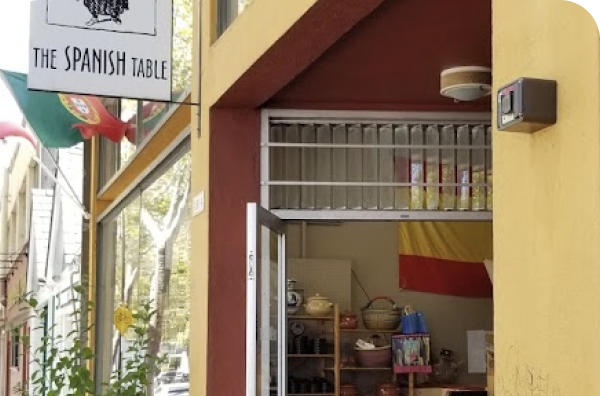Spanish Cheese Basics
We are still surprised how relatively unknown Spanish cheeses are. Spain, with its diverse landscapes and climates, is home to a dizzying array of cheeses that reflect the country's rich wide range of climates, and each region's culinary traditions and cheese-making heritage.

For those who appreciate the subtleties of fine cheese, Spanish varieties offer a world of flavors, textures, and pairing possibilities. For those who know a little about Spain, the North is green and verdant. Some of basque country looks just like the Swiss alps, with cows grazing happily. The majority of Spain's central and southern regions are arid and visitors will see flocks of sheep or goats roaming the dry lands.
It's impossible to cover all Spanish cheeses in one simple post, so to keep it neat, we put together a brief 5 minute read about five of the most widely available Spanish cheeses. Let's embark on a journey through Spain's most famous cheese regions, explore the main types of Spanish cheese, and introduce you to exemplary cheeses from each area, along with suggestions for foods and drinks that complement these cheeses perfectly. Keep in mind that, like all the other cheese producing countries, there are many regions, each of which have local specialties.
1. Castilla-La Mancha: Manchego

Manchego, arguably Spain's most famous cheese, hails from the Castilla-La Mancha region. Made from the milk of Manchega sheep, this cheese is available in different ages, ranging from fresh and soft to firm and aged. A young Manchego pairs wonderfully with a light, fruity red wine, while an aged Manchego goes beautifully with a full-bodied Tempranillo. Enjoy it with quince paste (membrillo) or Marcona almonds for a traditional Spanish experience. A noteworthy fact is that due to tightened restrictions around the formal designation of the Manchego Denomination of Origin, only cheeses with 100% sheep's milk can be formally labelled as Manchego. There are milk-blend cheeses made in the Manchego style (hard cheese, firm rind) that are very similar.
2. Catalonia: Garrotxa

3. Basque Country: Idiazábal

Idiazábal cheese, originating from the Basque Country, is made from unpasteurized sheep's milk and often smoked, giving it a distinctive flavor. Its firm texture and rich, buttery taste with hints of smoke are best enjoyed with robust red wines or dry, fruity whites. Idiazábal is excellent with traditional Basque cider or cherry preserves to accentuate its smoky nuances.
4. Asturias: Cabrales

Asturias, a region known for its rugged terrain and moist climate, produces Cabrales, a strong blue cheese. Made from a blend of cow, goat, and sheep's milk, Cabrales is aged in natural limestone caves, developing a potent, spicy flavor. This cheese is a perfect match for sweet dessert wines like Pedro Ximénez or with a stout or porter for a more unconventional pairing. Serve Cabrales with honey or pear slices to balance its intensity.
5. Galicia: Tetilla

Named for its distinctive breast-like shape, Tetilla is a mild, creamy cheese from Galicia. Made from cow's milk, its soft, smooth texture and buttery flavor make it a crowd-pleaser. Pair Tetilla with a light, fruity white wine, such as Albariño, or with a sparkling cava for a refreshing combination. It's delightful with fig jam or as a melting cheese in dishes.



